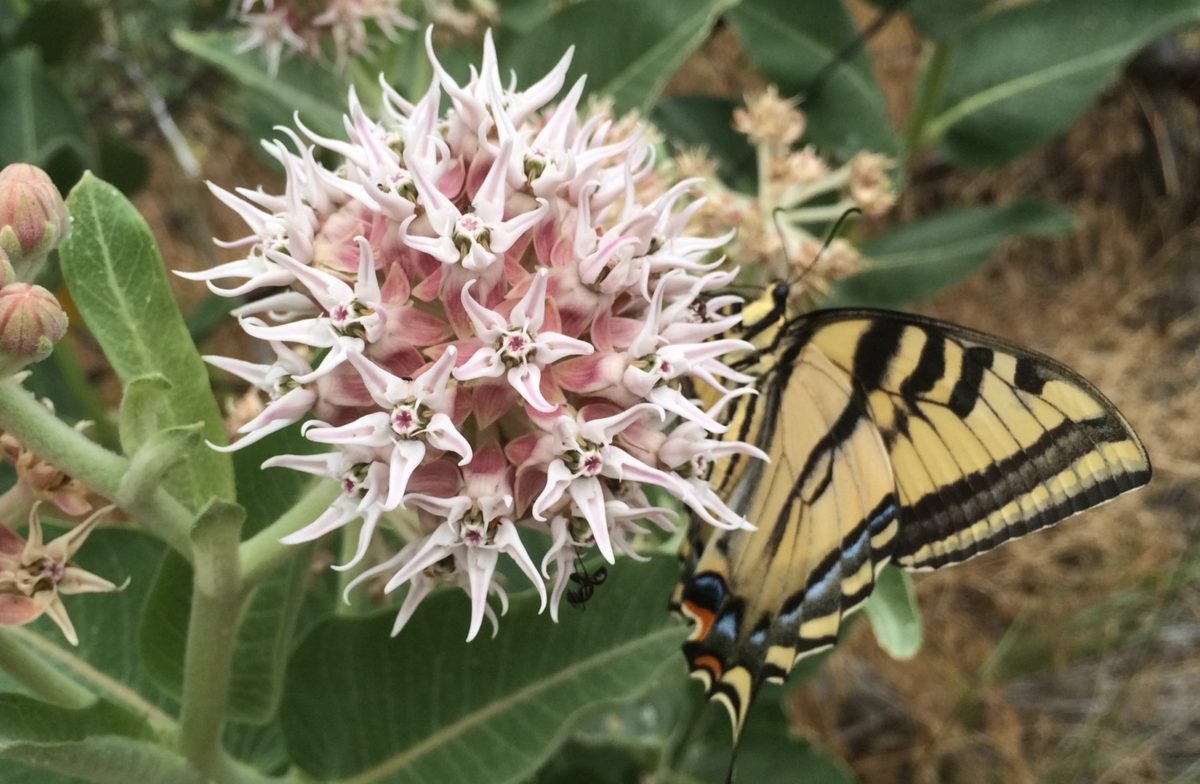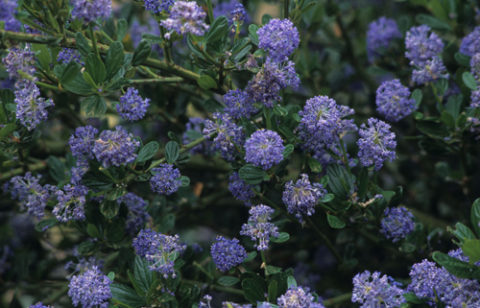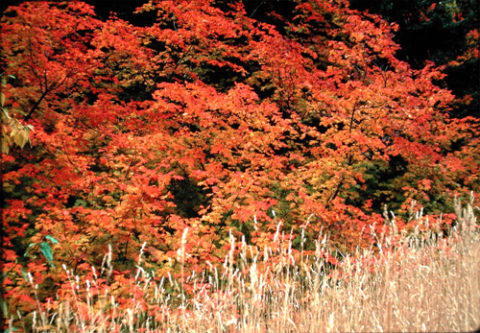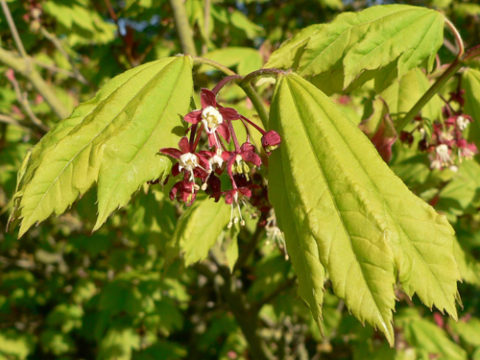
Help monarch butterflies by growing showy milkweed, Asclepias speciosa. Photo: growmilkweedplants.com.
In honor of #PollinatorWeek, we are recommending a few plants that attract butterflies. Pollinator Week is a time to celebrate pollinators and spread the word about what you can do to protect them. This year it runs June 18-24.
People love seeing butterflies in their gardens. They add grace and beauty.
While bees are the most important pollinator, butterflies also move pollen between flowers so they can reproduce. Hummingbirds, moths, wasps, flies, beetles and a few types of bats may also act as pollinators.
Plants that attract butterflies and provide nectar will also feed other pollinators. It is important to choose a variety of plants that will bloom at different times of year to provide food over the course of the season.
Monarch butterflies are in severe decline
Monarch butterflies are in decline across their range in North America, according to The Xerces Society for Invertebrate Conservation. In the 1990s, nearly 700 million monarchs traveled each fall from northern plains US and Canada to fir forests in Mexico. More than a million monarchs overwintered in forests on the California coast.
Now only a fraction of the population remains. A decline of more than 80 percent has been seen in central Mexico, and a decline of 97 percent has been seen in coastal California.
A major factor is loss of milkweed plants due to extensive use of herbicides and herbicide-resistant crops by the agriculture industry. Monarchs need milkweed plants to reproduce. Widespread insecticide use, climate change and habitat loss from logging and development are other major factors that contribute to declines in population.
Help monarchs: plant milkweed and nectar-rich flowers
If you would like to support monarch populations, one of the most important things you can do is to plant nectar-rich flowers and milkweed host plants. Adult monarch butterflies eat nectar from a variety of flowers over the course of the year. Caterpillars are completely dependent on milkweed host plants.
Locally, the best choice appears to be showy milkweed, Asclepias speciosa. A second option is narrow-leaved milkweed, Asclepias fascicularis. These milkweed varieties are native to Washington and Oregon.
Be careful not to plant non-native species of milkweed. It appears that they disrupt the timing of the monarch butterfly’s reproductive cycle.
Showy milkweed booms between May and September. Blooms are 3 inches to 8 inches in diameter. They have many smaller blossoms. The plant can grow up to 4 feet tall. Large leaves are covered in soft hairs, often matted.
Narrow-leaved milkweed is somewhat smaller, growing to 3 feet. It tolerates clay soils and wet or dry conditions. It blooms from late spring to late summer. Flowers are lavender, pink, purple, white or greenish clusters.
A variety of plants provide nectar for monarch butterflies. The Xerces Society has a list of Monarch Nectar Plants for the Maritime Northwest. It is organized by the seasons when the plants flower. There are many online sources of milkweed seeds.
Blueblossom or California lilac

Plant ceanothus to attract butterflies and other pollinators. ‘Victoria’ is a variety that does well in our area. © Richie Steffen / Great Plant Picks.
Blueblossom, Ceanothus thyrsiflorus, is a popular shrub that is endemic to California. Another common name is California lilac, although it is not related to the true lilac.
Ceanothus is an amazing pollinator plant. It is a host plant to many butterfly species, including the pale tiger swallowtail. Birds will eat the seeds.

Vine maple is important for pollinators and an attractive asset to the garden. © Great Plant Picks.
Blueblossom is a fast-growing evergreen. It prefers partial shade. There are several varieties, which vary dramatically in both size and form. Some can grow up to 30 feet tall, while others mound and spread, growing only 2 to 3 feet tall. Its evergreen leaves can be bright green or dark green.
Ceanothus blooms in spring. It has small flowers that grow in dense, puffy clusters, ranging from white to light or dark blue or purple. It is a tough shrub that is very drought-tolerant once established.
Vine maple
Vine maple is a small tree that provides interest in every season. It plays an important role for butterflies, bees and birds. It primarily attracts mason and bumble bees. It is a host plant for the western tiger swallowtail butterfly.

In spring the blossoms of vine maple attract butterflies and provide nectar for pollinators. © www.wikipedia.org – Walter Siegmund.
“Vine maple is one of our best native trees for the urban garden,” according to Great Plant Picks. Vine maple is very closely related to Japanese maples but has a “more relaxed feel.”
Light green leaves turn orange and red in autumn. It grows in a variety of environments and soil conditions. It can grow to be 15-20 feet tall and wide.
Resources
These are only a few of the many plants that will attract butterflies and support other pollinators. Take a look at these tips and plant lists.
- The Xerces Society, Monarch Nectar Plants: Pacific Northwest
- The Xerces Society, Pollinator Plants: Maritime Northwest Region
- Pollinator Partnership: Pacific Lowland Regional Guide
- Great Plant Picks, Birds & Bees: Butterflies
- Great Plant Picks, Bird & Bees: Bees
- Great Plant Picks, Birds & Bees: Hummingbirds
- Washington Department of Fish and Wildlife, Butterflies and How to Attract Them
- Better Homes & Gardens, Best Plants for Butterflies for the Northwest
#PollinatorWeek
